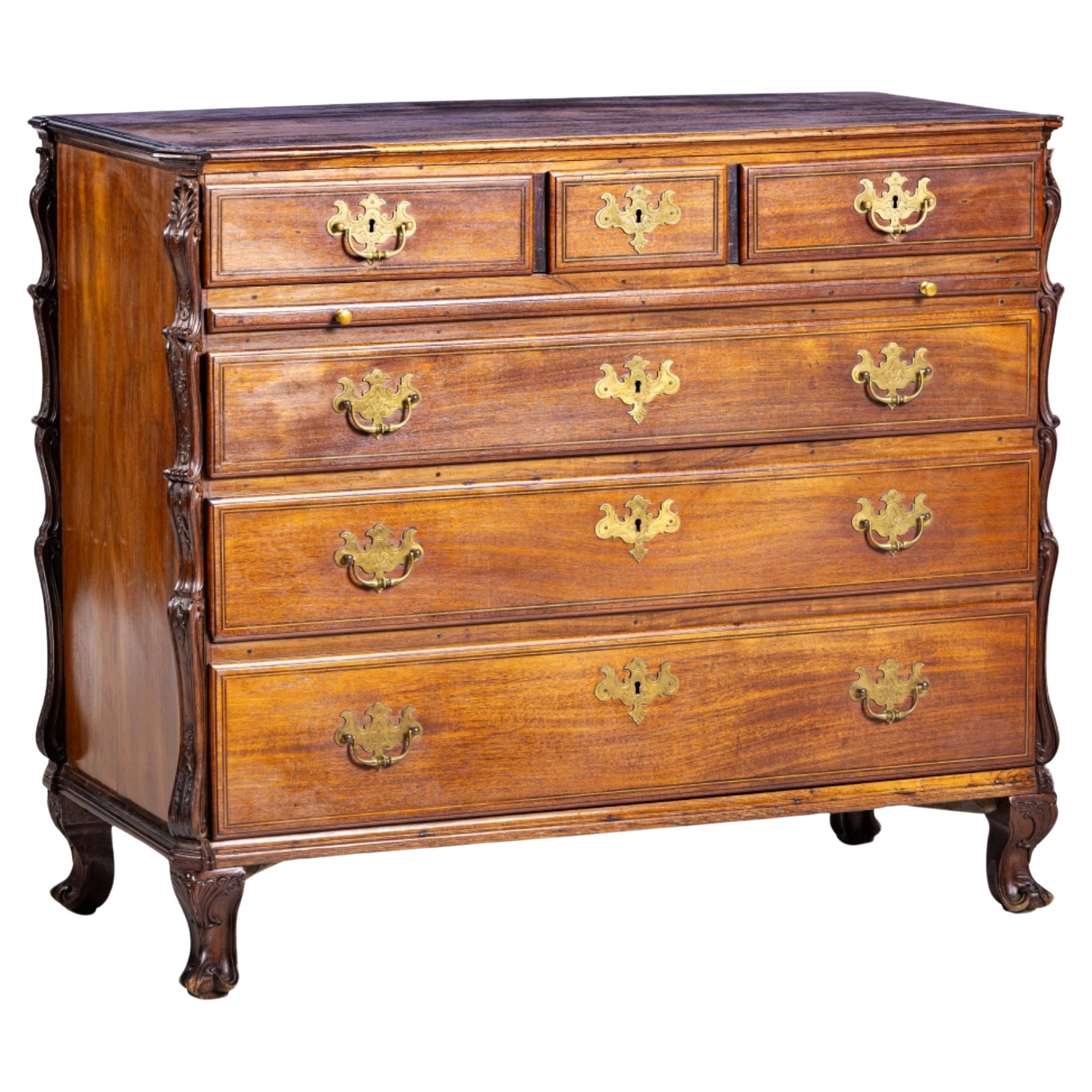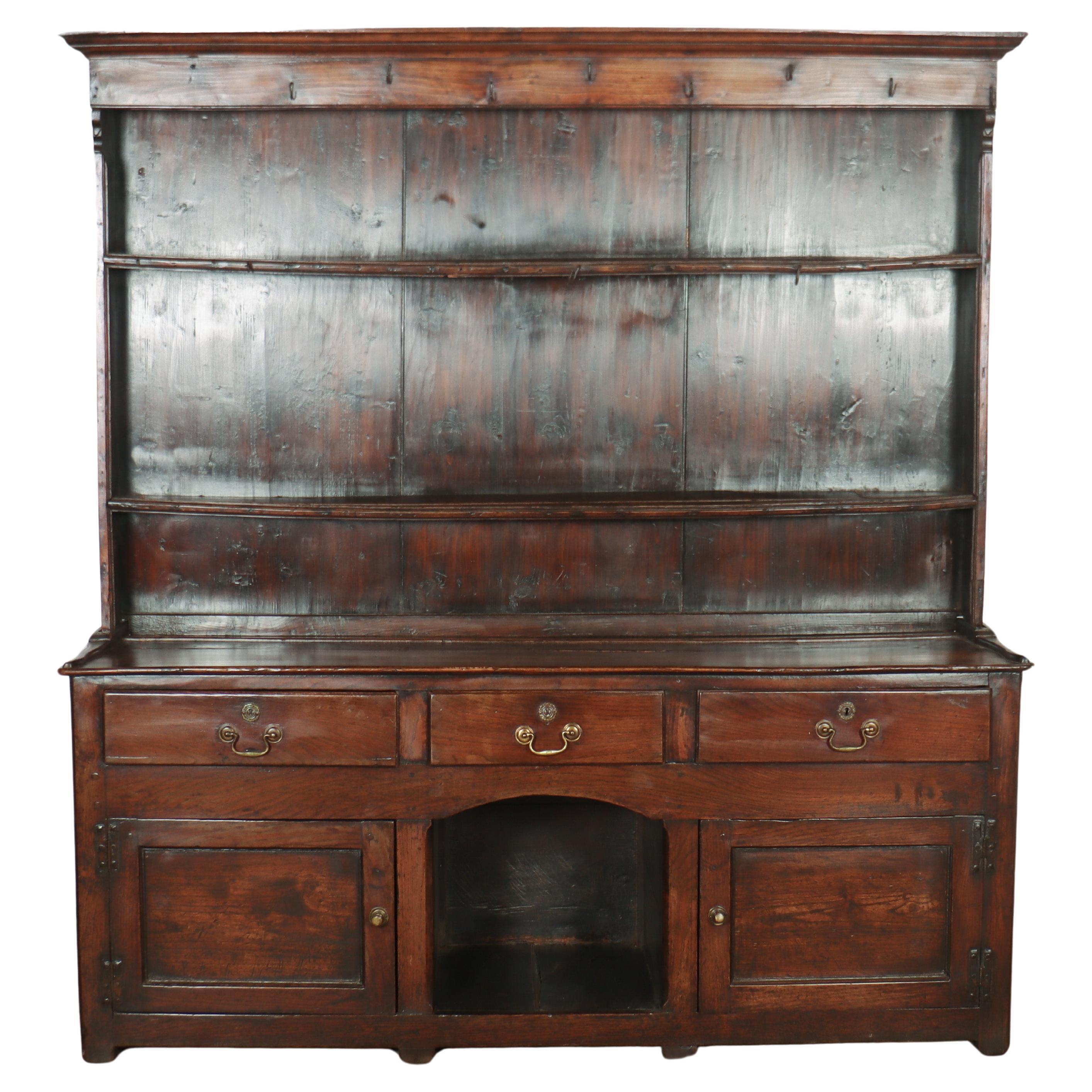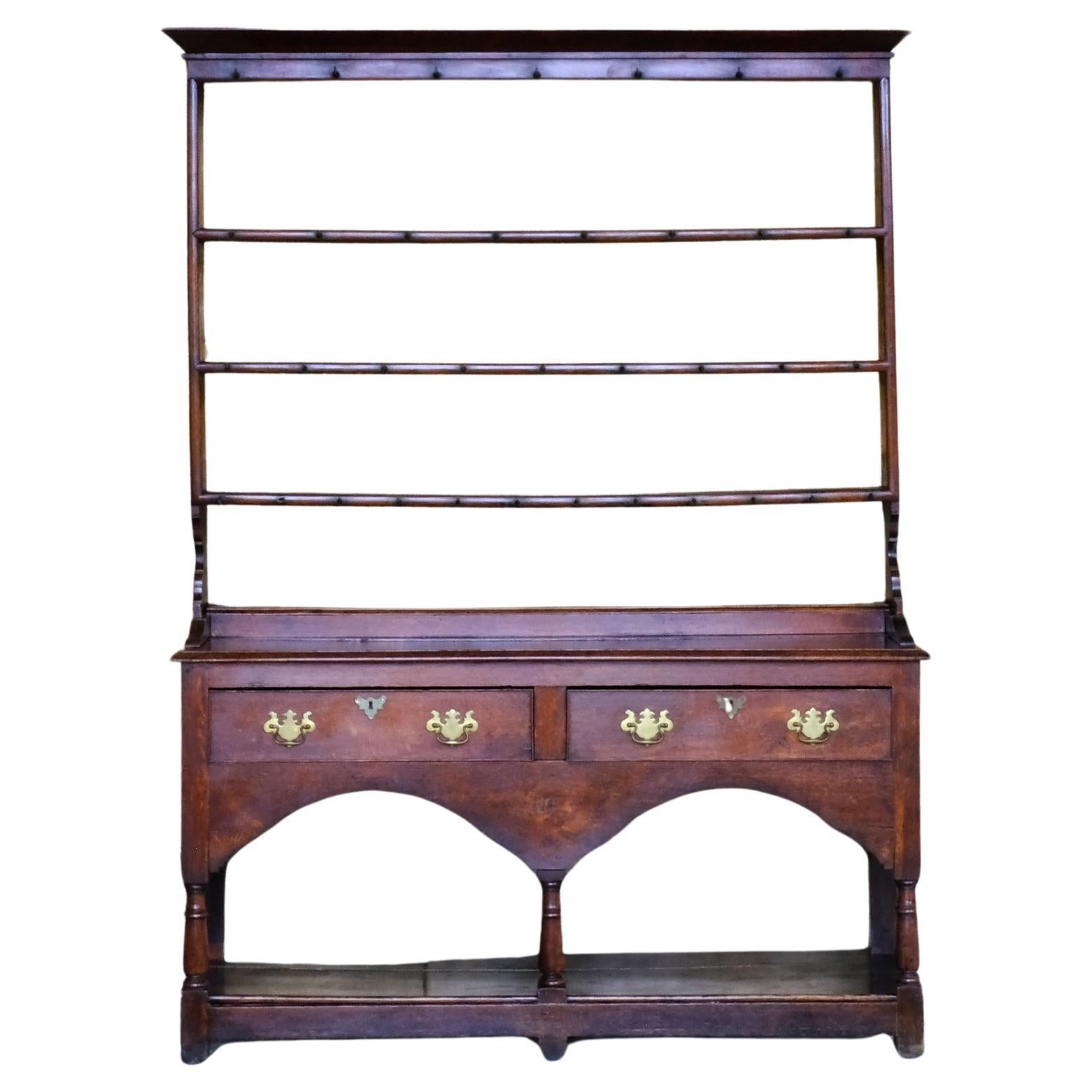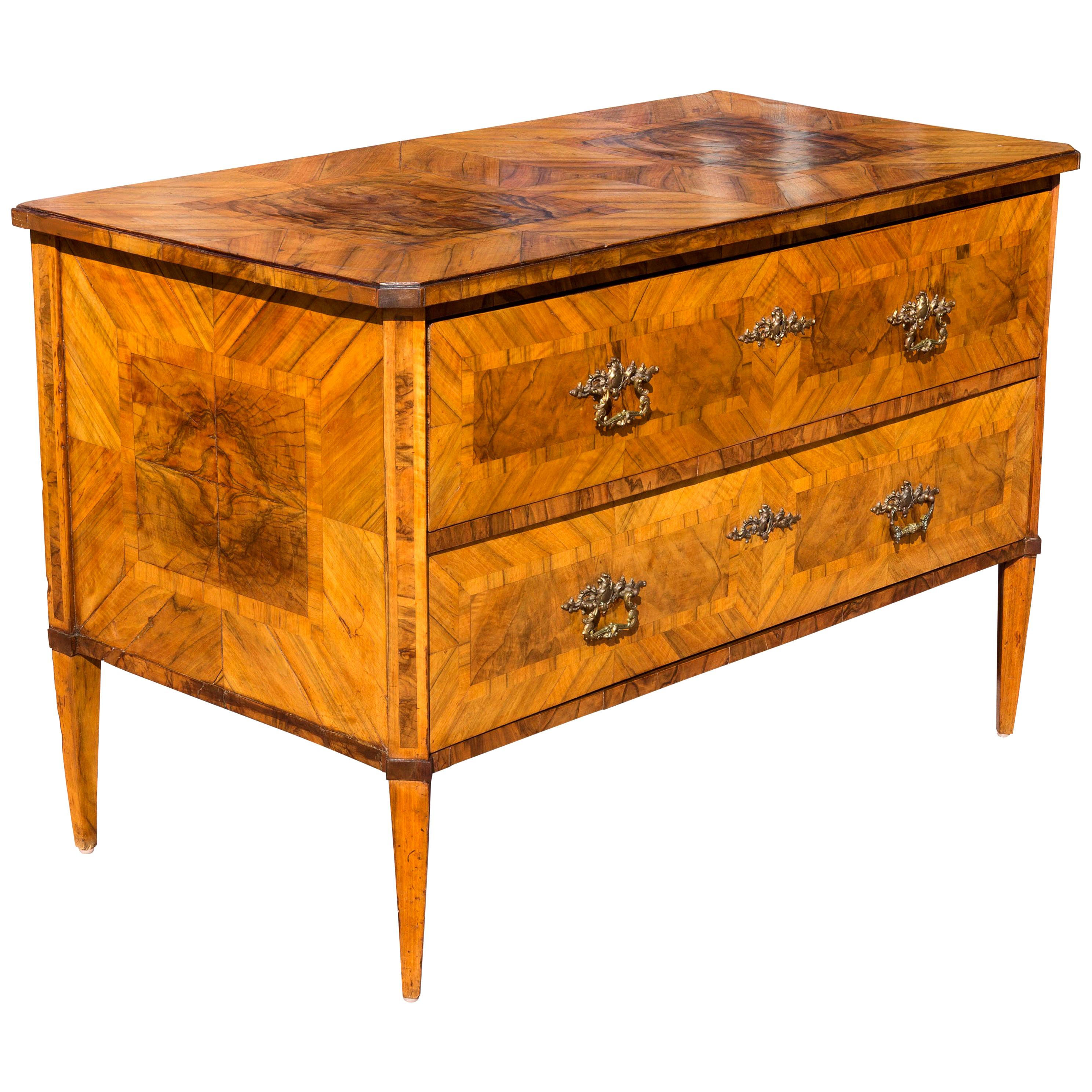Items Similar to 18th Century Italian Neoclassical Wood Dresser Attributed to Francesco Bolgiè
Want more images or videos?
Request additional images or videos from the seller
1 of 21
18th Century Italian Neoclassical Wood Dresser Attributed to Francesco Bolgiè
About the Item
18th century Italian neoclassical carved, lacquered and gilded wood dresser attributed to Francesco Bolgiè (1752?-1834).
The fine and elegant commode is made of finely carved, lacquered and gilded wood. It presents several stylistic and material elements characteristic of the wooden works and of the furniture present in the Piedmont area, between the end of the 18th century and the beginning of the 19th century. The richness of the ornaments, the gold leaf, the iconographic program and the significant level of cabinet making that characterizes this furniture are testimony of a wealthy client and the valuable work of a sculptor at the service of noble and royal families. Stylistically can be attributed to the famous italian sculptor Francesco Bolgiè (1752-1834).
The front of the furniture and the two side are characterized by a complex decorative architecture. Two horizontal perimeter bands show gilded carved geometric patterns and palmettes on a blue lacquered backdrop. The low frame, in the centre and on the front, has a half-moon element inside which is finely carved a lion with two cupids and laurel branches. Near the corners, at the top, are carved a female faces, while at the bottom are some bees. The fretwork of the vertical bands draws strings that support a bunch of grapes with vine leaves. The side walls are lacquered in ochre yellow and, at the centre, a frame with acanthus leaves outlines a lacquered space in the tones of the ancient rose violaceous, with in the centre an ornate leaf with fine girali. On the four sides of this frame four large golden flowers harmonize the together.
The front, similar in composition, has a yellow ochre background, internal frame with palmettes and four flowers. The large internal space, lacquered in antique pink, shows in the center a woman’s fece with a composition of grapes and wheat ears; from the face depart fine phytomorphic girals with racemes, bunches of grapes and vine leaves. The nozzle of the original lock, placed on the front of the cabinet and on top, is in gilded bronze, chiselled with ribbon motif. The front panel opens downwards. The interior of the cabinet, entirely lacquered in red, has a shelf and therefore two compartments. The red color cinnabar deliberately recalls the characteristic Chinese lacquer, at the time much loved for the decorations to cineseria furniture. The special folding lock system, which allows the opening and closing of the front door, is the original one.
The commode rests on four conical wood legs witch are carved with acanthus leaves and small ramage, gilded and lacquered.
The top of the furniture is in grey marble bardiglio valdieri, lithotype that had great success in Piedmont, in the north of Italy, since the middle of the 18th century. On it were usually exposed bronzes, candlesticks, watches and sculptures.
The sculpted subjects refer to a precise iconographic programme.
The female head is identifiable in Ceres, Mother Terra, which in classical iconography is depicted with the head surrounded by a sert of wheat ears and a cluster of grapes. Ceres or Demeter in Greek, sister of Zeus, in Greek mythology is the goddess of fertility, the guardian of crops, protector of agriculture and wheat, constant nurse of youth and of the green earth, author of the cycle of seasons, life and death, protector of marriage and sacred laws.
The representation of Ceres, and its meaning, are linked to bees, symbol of virtue and chastity, allegory of Mother Earth, rebirth, mercy and justice. Just as the leaves of the vine and its fruits: in many cultures, from Greco-Roman to Christianity, the vine is a symbol of well-being, fruitfulness and blessing; it represents an abundant life and the joy that flows from it; it reflects the desire for fertility and beauty. It is also a sign of devotion to the fruits of the spirit and protection from evil. Fullness, wisdom, youth, maturation, prosperity are all images associated with the vine. Sacrifice, faith and good will are the qualities required for the vine to bear fruit.
The inverted bezel shows the iconographic image of Amor Vincit Omnia. One can observe a lion ridden by a cupid, while another putto meets him holding the head of the ferocious animal. The lion, symbol of royalty, wisdom, courage, strength and power, is tamed by love. Omnia vincit amor et nos cedamus amori (Love conquers everything, we surrender to love too) is a Latin phrase of Publio Virgilio Marone (Bucolic X, 69 – work begun in 42 B.C. and published around 39 B.C.). In quoting this verse there is widespread use of the syntax Amor Vincit Omnia, the inescapable power of love, which does not surrender to any obstacle.
The iconography of the verses of Virgil found here is very ancient and had great luck: there are examples already coeval to the author, although with small variations, in carved gems, mosaics, frescoes. The success of this image was perpetuated over the centuries, appearing in gilded bronzes, paintings, bas-reliefs, and is sometimes flanked by the allegory of the Earth, Cyber and Ceres. The author of this commode and his commissioner had to have an engraving from which they drew this image. In fact, we know several other works, including bronzes, paintings, ceramics of Staffordshire and Wedgwood, which present the same design, testimony of the presence of such a widespread print in a very ample European territory. Around the lion and the putti of these dresser are carved laurel branches. The laurel is an evergreen plant, a characteristic that gives the plant the symbol of immortality and when used alongside other symbols, as an iconic adjective, becomes the meaning of eternal and imperishable. The group of these subjects that symbolically refer to fertility, well-being and rebirth, prosperity and perennial love, dominant over everything, belong to a cultured and fine iconographic project that is well suited to a wedding gift of good omen. It is therefore probable that this dresser has been commissioned to a prestigious cabinet-maker such as Francesco Bolgiè on the occasion of the wedding of a high rank or noble family, able to compensate the artist charged for such a valuable work.
The artistic personality of Francesco Bolgiè (1752-1834) is at the top of italian Turin’s wooden sculpture in the last quarter of the 18th century and in the first decades of the 19th century and has played a very important role in neoclassical decorative wood sculpture. Artist of equal stature to that of Giuseppe Maria Bonzanigo, has however remained in the shadow for a long time.
Many of his works were attributed to Bonzanigo on the basis of stylistic comparisons, in the absence of precise archival research. The corpus of archival documents found in recent years has allowed to outline the figure of this important sculptor carver, reconstructing his life and allowing to return to his catalog several works, many of which are still kept in Turin in the Royal Palace and in the Hunting Palace of Stupinigi, others in famous private collections.
Francesco Bolgiè was born in Italy at Turin in 1752. He was the son of the carver Giovan Battista, a Milanese who became the artist of the king in 1756, who died in 1778, and who worked for the Savoys in the decoration of carriages. Giovanni Battista sent Francesco Bolgiè to Paris to perfect the art of carving and Carlo Emanuele III was immediately interested in the successes achieved in the French capital. In 1775 we know him as a member of the Compagnia di San Luca and in the same year Vittorio Amedeo III appointed him a royal wooden sculptor. He had worked for the residences of Venaria, Stupinigi, Villa della Regina and for the Carignano. Bolgiè also operated for some private individuals and he died in Turin, at the age of 82, on 6 January 1834.
The commode object of this study is elegantly carved according to the canons of the italian high cabinet making and has obvious stylistic proximity to the drawers by Francesco Bolgiè. The architectural structure of the furniture as a whole and, even more, some details, such as the thin girali, the leaves d'acanto, the female head and the neoclassical reliefs that refer to the ancient Greek and Roman art, the bow characteristic of Louis XVI, are typical of Bolgiè’s works.
It was recently attributed to Bolgiè a chest of drawers (casa d’aste Sotheby’s, London 03-07-2019) showing, in the decoration of the front, a female mask surrounded by garlands of flowers and fruit, very similar to Ceres carved in the commode studied here. The chest of drawers of London is also paired with another, present in the collection of Villa Ephrussi de Rothschild, in Saint-Jean-Cap-Ferrat.
Object accompanied by a "Certificate of Authenticity".
We apologize for any translation errors from the Italian language.
- Attributed to:Francesco Bolgié (Cabinetmaker)
- Dimensions:Height: 32.29 in (82 cm)Width: 52.76 in (134 cm)Depth: 23.23 in (59 cm)
- Style:Neoclassical (Of the Period)
- Materials and Techniques:
- Place of Origin:
- Period:
- Date of Manufacture:Late 18th Century
- Condition:
- Seller Location:IT
- Reference Number:1stDibs: LU4405230391602
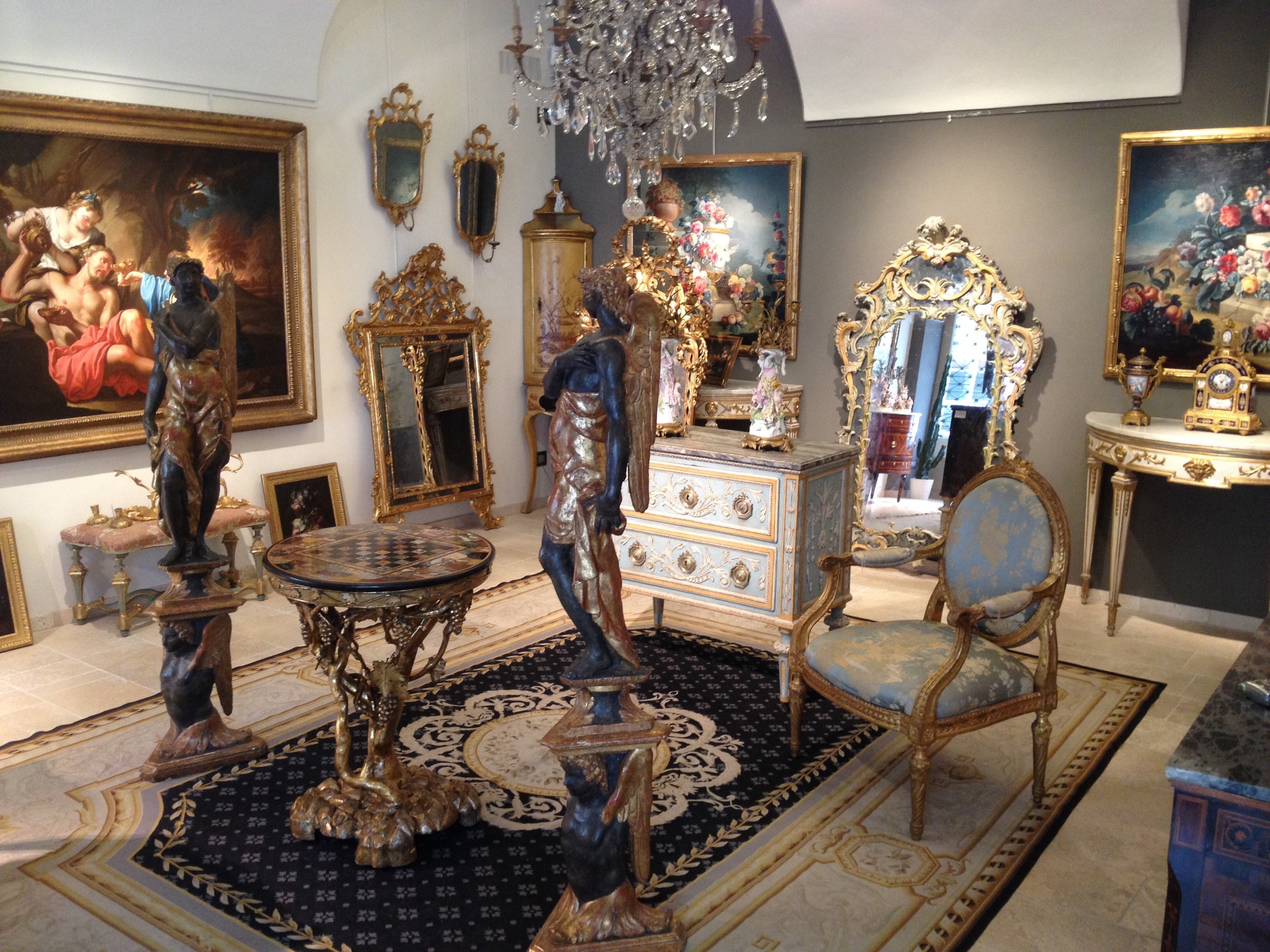
About the Seller
5.0
Platinum Seller
These expertly vetted sellers are 1stDibs' most experienced sellers and are rated highest by our customers.
Established in 1980
1stDibs seller since 2019
41 sales on 1stDibs
Typical response time: 2 hours
- ShippingRetrieving quote...Ships From: Italy
- Return PolicyA return for this item may be initiated within 7 days of delivery.
More From This SellerView All
- 18th Century, Roman Architectural Capriccio Attributed to Francesco ChiarottiniLocated in ITFrancesco Chiarottini (1748-1796) Roman Architectural Capriccio Oil on glass, cm 52 x 67 without frame, 63.5 x 79cm with frame The valuable painting, attributed to the Italian p...Category
Antique Mid-18th Century Italian Neoclassical Paintings
MaterialsGlass
- 18th Century, Italian Still Life Painting Attributed to Francesco LavagnaBy Francesco LavagnaLocated in ITFrancesco Lavagna (Italy -Naples 1684-1724) "Still life with flowers and watermelon and hermas with garden in the background" The painting, beautifully made and in good condition, d...Category
Antique Early 18th Century Italian Baroque Paintings
MaterialsCanvas
- 18th Century, Italian Neoclassical Lacquered Wood ConsoleLocated in ITLate 18th Century, Italian Neoclassical Lacquered Wood Console This elegant console was made in the neoclassical era, in the second half of the eighteenth century in Milan, Italy. T...Category
Antique Late 18th Century Italian Neoclassical Console Tables
MaterialsWood
- 18th Century, Italian Neoclassical Inlay Wood Centre TableLocated in IT18th Century, Italian Neoclassical Inlay Wood Centre Table Measurements: cm W 56,5 x H 78 x D 46 (height of legs 63 cm) This refined coffee table was made in Lombardia region (Ital...Category
Antique Late 18th Century Italian Neoclassical Center Tables
MaterialsWood
- 18th century, Italian Neoclassical Lacquered Wood Chest of DrawersLocated in IT18th century, Italian Neoclassical Lacquered Wood Chest of Drawers This neoclassical chest of drawers was made in Piedmont in the second half of the 18th century, in carved and lacq...Category
Antique Late 18th Century Italian Neoclassical Commodes and Chests of Dr...
MaterialsWood
- 18th Century, Italian Neoclassical Inlaid Wood Chest of DrawersLocated in IT18th century, Italian neoclassical inlaid wood chest of drawers This refined neoclassical chest of drawers was done around the end of the 18th century in Genoa (Italy). The cabinet ...Category
Antique Late 18th Century Italian Neoclassical Commodes and Chests of Dr...
MaterialsWood, Boxwood, Nutwood
You May Also Like
- 18th Century Portuguese DresserBy Europa AntiquesLocated in Madrid, ES18th Century Portuguese Dresser in vignette wood, Brazilian rosewood frames and satinwood inlays. With 3 drawers, 3 drawers and drying rack. Wavy and scalloped top, decorated with a...Category
Antique 18th Century Portuguese Renaissance Dressers
MaterialsWood
- 18th Century Welsh DresserLocated in Leamington Spa, WarwickshireWonderful little 18th C oak and pine Welsh dresser. 1780. Reference: 8266 Dimensions 69.5 inches (177 cms) Wide 18 inches (46 cms) Deep 73 inches (185 cms) HighCategory
Antique 18th Century Welsh Dressers
MaterialsOak, Pine
- 18th Century Oak DresserLocated in Kettering, GBAn 18th century dresser in a beautiful rich oak, with open plate shelves over a two drawer base with a twin arched apron on turned legs with a boarded lower shelf. Various hooks alon...Category
Antique 18th Century British Dressers
MaterialsOak
- 18th Century Welsh DresserLocated in Dublin 8, IE18th century Welsh potboard dresser of mixed oak, ash and painted pine with a pot board base. It features three central drawers with brass handl...Category
Antique Mid-18th Century Welsh Country Dressers
MaterialsBrass
- 18th Century German Neoclassical Walnut CommodeLocated in Rochester, NYGerman neoclassical two-drawer walnut veneered commode. Good old finish with rich color, circa 1790. Original hand forged locks. Drawers slide nicely.Category
Antique 18th Century German Neoclassical Commodes and Chests of Drawers
MaterialsWood, Walnut
- Beautiful French Dresser, 18th CenturyBy Europa AntiquesLocated in Madrid, ESBeautiful French dresser 18th century. With movement on the front veneered in bois de violette threaded in bois de rose with marble top. France. 18th c...Category
Antique 18th Century Italian Baroque Dressers
MaterialsWood
Recently Viewed
View AllMore Ways To Browse
18th Century London
18th Century Wood Frame
Antique Wood Works
18th Century Paris
Neoclassical Collection
18th Century Hand Color
Antique Wood Levels
Panel Wood 18th Century
18th 19th Century Cabinets
18th Century Long Case
18th Century Wood And Gilded
Italian Wood Carving
Wood Carving Italy
18th Century Lion
French Blue 18th Century
Antique Yellow Wood Furniture
Vine Wood
18th Century Carved Wood Frame
